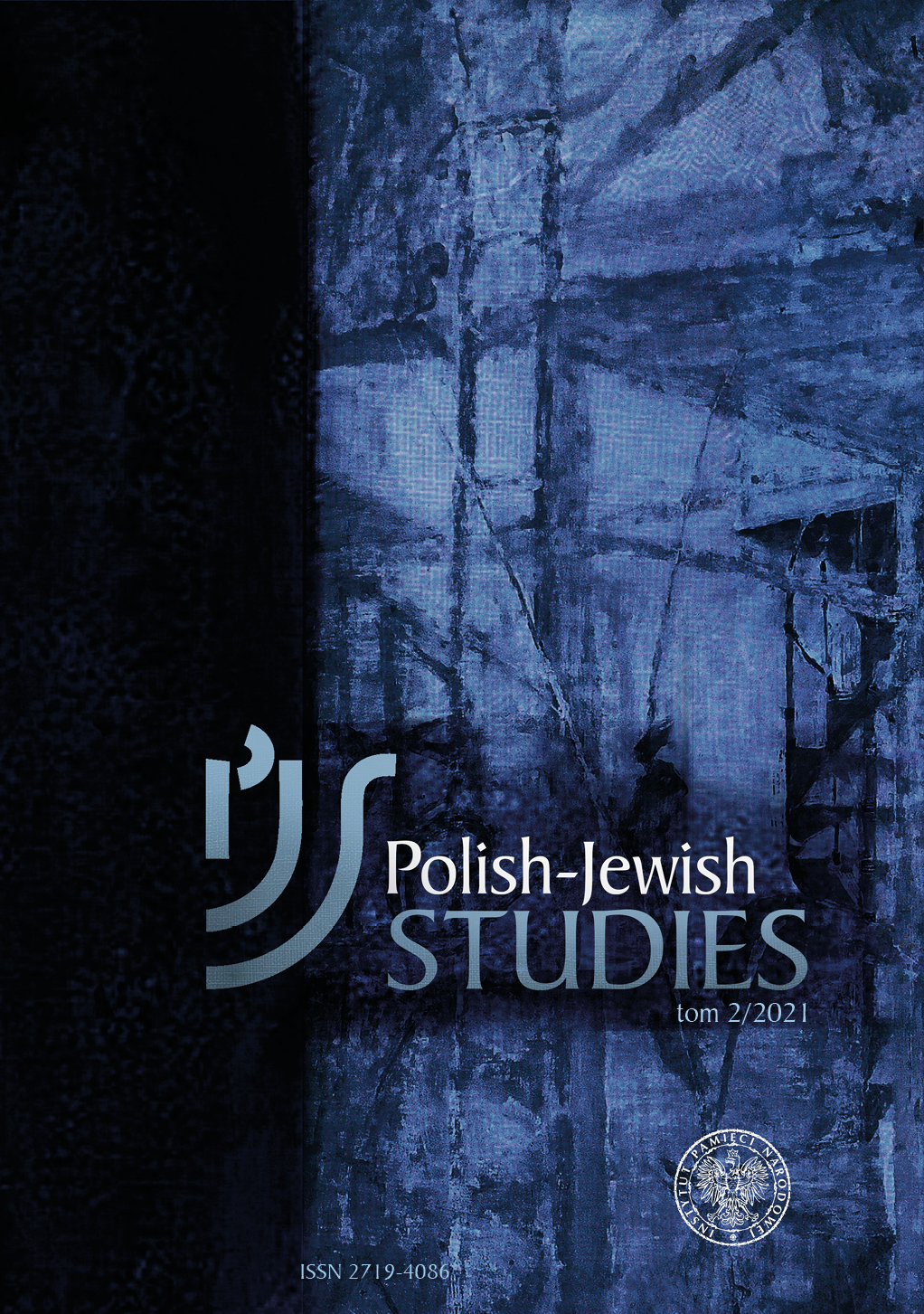No. 2 (2021)
„Polish-Jewish Studies”, t. 2, Warszawa 2021, 880 s., ISSN: 2719-4086
Dwujęzyczny (polsko-angielski) rocznik jest poświęcony historii społeczności żydowskiej na ziemiach polskich w XX wieku, utrwalaniu pamięci o polskich Żydach oraz wzajemnym i skomplikowanym relacjom polsko-żydowskim. W zamierzeniu redaktorów periodyk został przygotowany jako forum wymiany aktualnych ustaleń badawczych w obszarze „Jewish Studies” przez badaczy z różnych ośrodków naukowych.
Treść drugiego numeru obejmuje przede wszystkim artykuły odnoszące się do szerokiego spektrum relacji polsko-żydowskich. Edycję zamykają polemiki i recenzje opracowań badawczych z ostatnich lat, a także sprawozdania z konferencji naukowych.
Drugi numer periodyku został opublikowany poniżej. Będzie dostępny w wersji elektronicznej także w Bibliotece Cyfrowej IPN na portalu przystanekhistoria.pl.
 Język Polski
Język Polski
 English
English
 Français (France)
Français (France)
 Italiano
Italiano
 Deutsch
Deutsch


 PDF PL (Język Polski)
PDF PL (Język Polski)
